We get food items from both plants and animals. We obtain food items like fruits, vegetables, cereals and pulses from plants. Other foods like milk and milk products, meat, fish, eggs, honey are obtained from animals.
Food items can be grouped into the following:
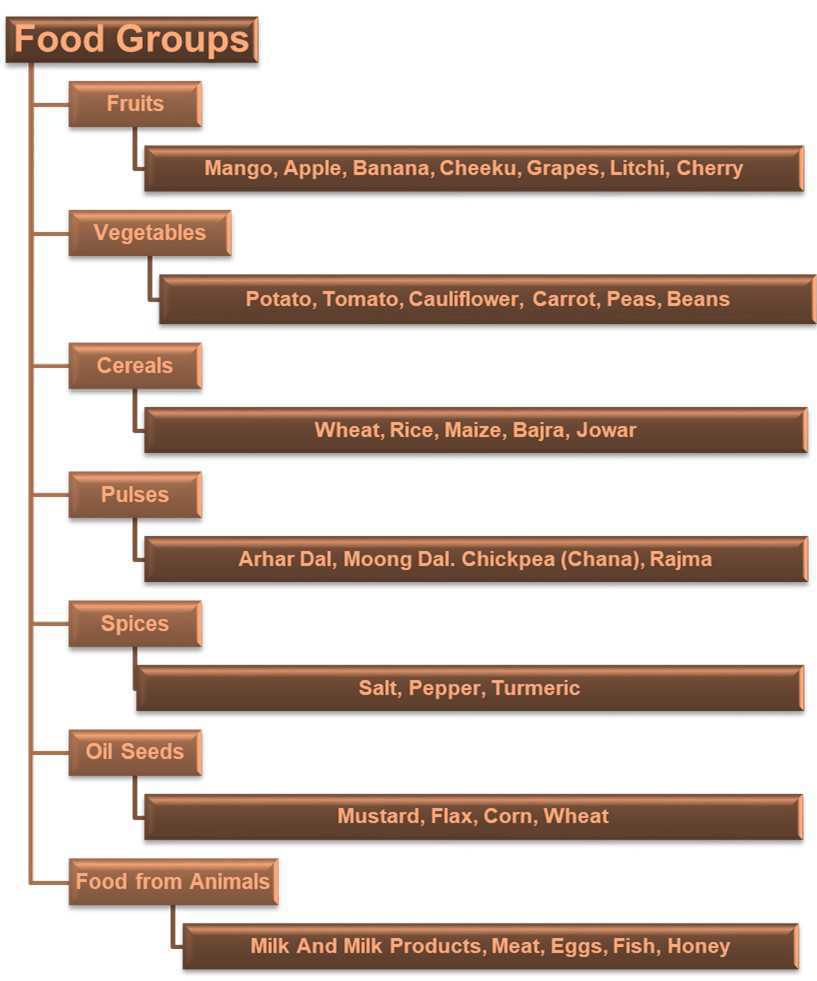
Different fruits, vegetables, cereals and pulses grow in different seasons according to the conditions required for them to grow.
All food items contain five major nutrients
- Carbohydrates
- Proteins
- Fats
- Vitamins
- Minerals
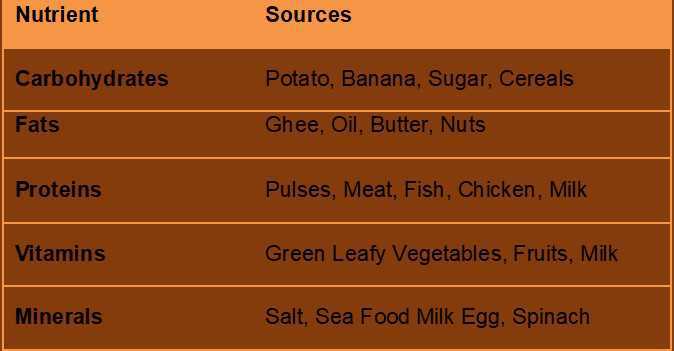
Digestion
We know that we have different sense organs of our body- tongue, ears, nose, skin and eyes. All these parts can be seen from outside and are known as external organs. There are several body parts which are present inside our body and cannot be seen from outside. These organs are called internal organs.
Our body is a very complex system. It works like a machine with the help of various organs present in it, the organs from different systems. One such system is the digestive system. The mouth, food pipe, stomach and intestines are the different organs that make up the digestive system.
Digestive System
The food that we eat contains carbohydrates, proteins, fats, and other nutrients. These are complex materials and are broken into simpler forms in our digestive systems. This process is known as digestion.
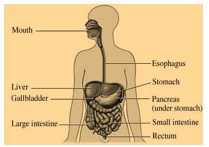
Let us see how different internal organs help in the process of digestion.
-
Mouth
If you open your mouth and look carefully, you will be able to see different types of teeth and a tongue in the mouth.
-
Teeth
Teeth are very important part of our mouth. Teeth help to bite and chew the food. They also give shape to our face and help us speak clearly.
Two Sets of Teeth
A baby is born with no teeth. When the baby is about six months old, his/her teeth begin to appear. By the time the baby is three years old, he/she has a set of twenty teeth. These are temporary and are called milk teeth.
Between the age of six and twelve years, the milk teeth fall out one by one and new ones grow in their place. These new teeth are called permanent teeth. They are thirty-two in number.
Types of Teeth
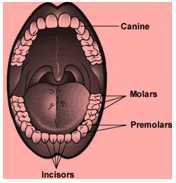
-
Flat Teeth
The teeth in the front of the mouth are flat and are used for biting and cutting the food. They are known as incisors. There are four incisors in the upper jaw and four incisors in the lower jaw.
-
Pointed Teeth
On either side of flat teeth is a sharply pointed tooth. They are used for tearing the food. They are known as canines. There are four canines in all.
-
Broad and Grooved Teeth
The teeth present at the back of the mouth are broad and have grooves in them. They are used for chewing and grinding the food. They are known as premolars and molars. There are eight premolars in all i.e. four in the upper jaw and four in the lower jaw. They are next to canines. The molars come after the premolars. There are twelve molars in all i.e. six in the upper jaw and six in the lower jaw.
Care of Teeth
Our teeth are very important to us. We must take care of them. If we do not take care of our teeth, they can decay and fall.
Ways to Protect Teeth
- Brush your teeth twice a day.
- Rinse or wash your mouth after every meal.
- Avoid eating sweets or sugary snacks and taking soft drinks as much as possible.
- Visit a dentist for regular dental checkups.
- Eat fruits and vegetables to give exercise to our gums.
- Clean the tongue to remove germs.
- Eat calcium-rich food for strong teeth.

Tongue
The tongue is a soft, movable part inside our mouth. It is used for tasting, licking and speaking. It also pushes the food into the food pipe at the time of swallowing.
Along with the teeth and tongue, there are three pairs of salivary glands present in the mouth. These glands secrete saliva.
Digestion of food begins when we put the food in our mouth. Teeth help in breaking the food into smaller pieces and chewing it. Here the saliva gets mixed up with the food and makes it soft. Saliva converts insoluble starch into soluble sugar. It is important to chew the food properly for proper digestion of the food.
Stomach
From the mouth, the food goes into the food pipe and enters the stomach. The stomach is a muscular bag-like organ in which food can be stored for a few hours. During this time the food mixes with the digestive juices secreted by the walls of the stomach. The food is partially digested here.
Small Intestine
From the stomach, the food is passed into a long coiled structure called small intestine. The small intestine, the liver and the pancreas produce some more digestive juices. Liver and pancreas pour their juices into the small intestine. These juices then get mixed with the food and completely digest it in the small intestine.
The walls of the small intestine absorb the digested food and pass it to blood. Blood carries the digested food to all parts of the body.

Large Intestine
The undigested food passes into the large intestine. The walls of the large intestine absorb water from it and then pass it to blood. The undigested semi-solid waste is collected in the rectum and is eliminated through the anus.

Recap
- We get food items from both plants and animals.
- The mouth, food pipe, stomach and intestines are the different organs that make up the digestive system.
- Permanent teeth are thirty-two in number.
- Teeth used for chewing and grinding the food are known as premolars and molars.
- There are three pairs of salivary glands present in the mouth. These glands secrete saliva.
- The undigested semi-solid waste is collected in the rectum and is eliminated through the anus.

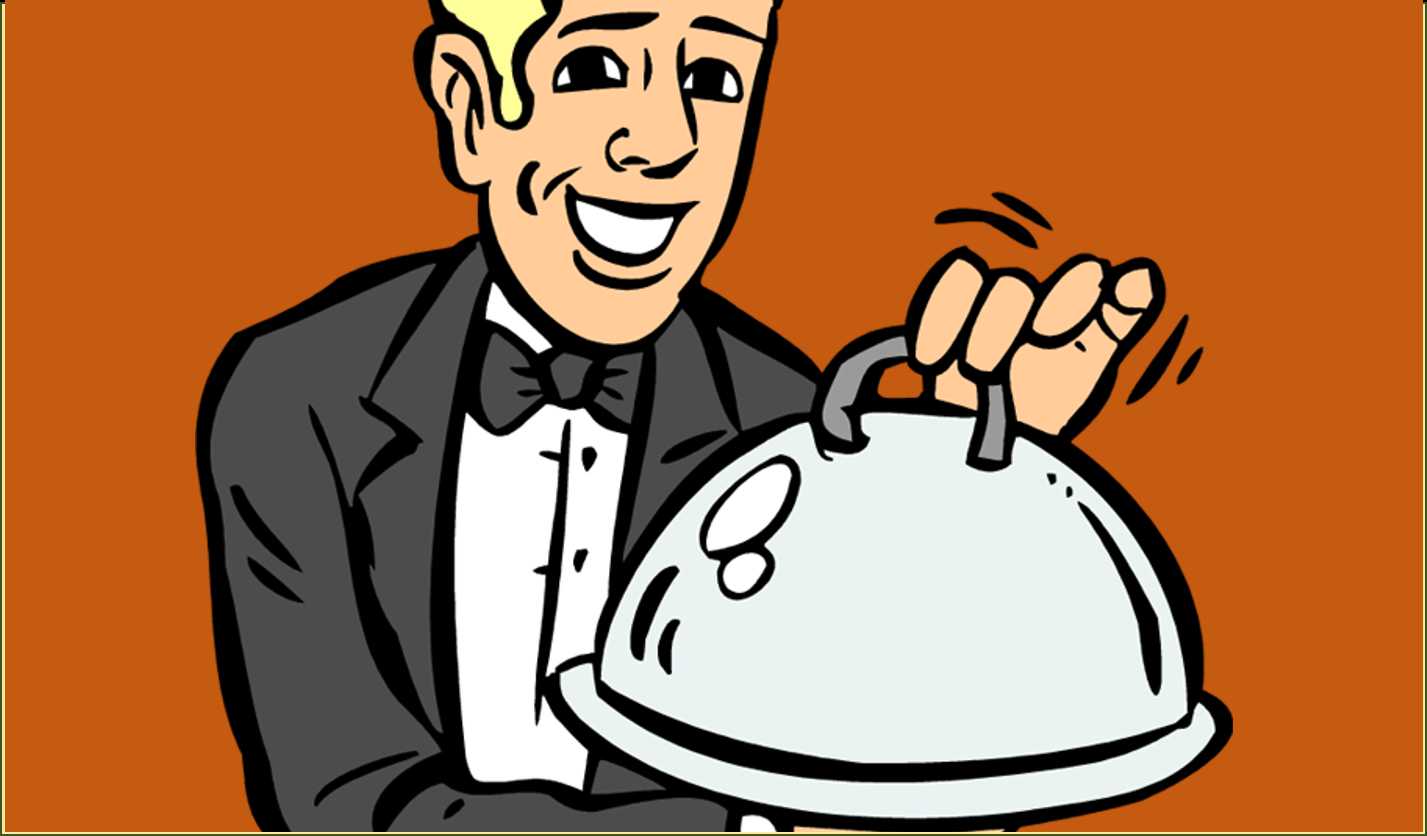














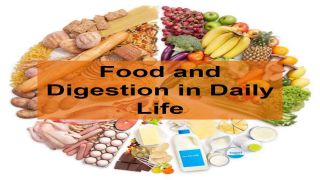
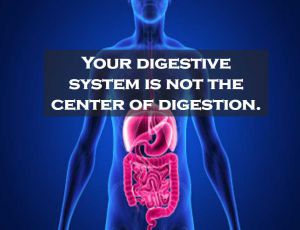
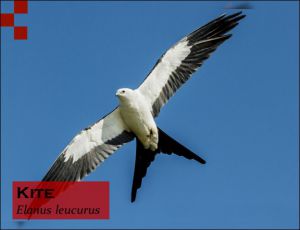






Comments